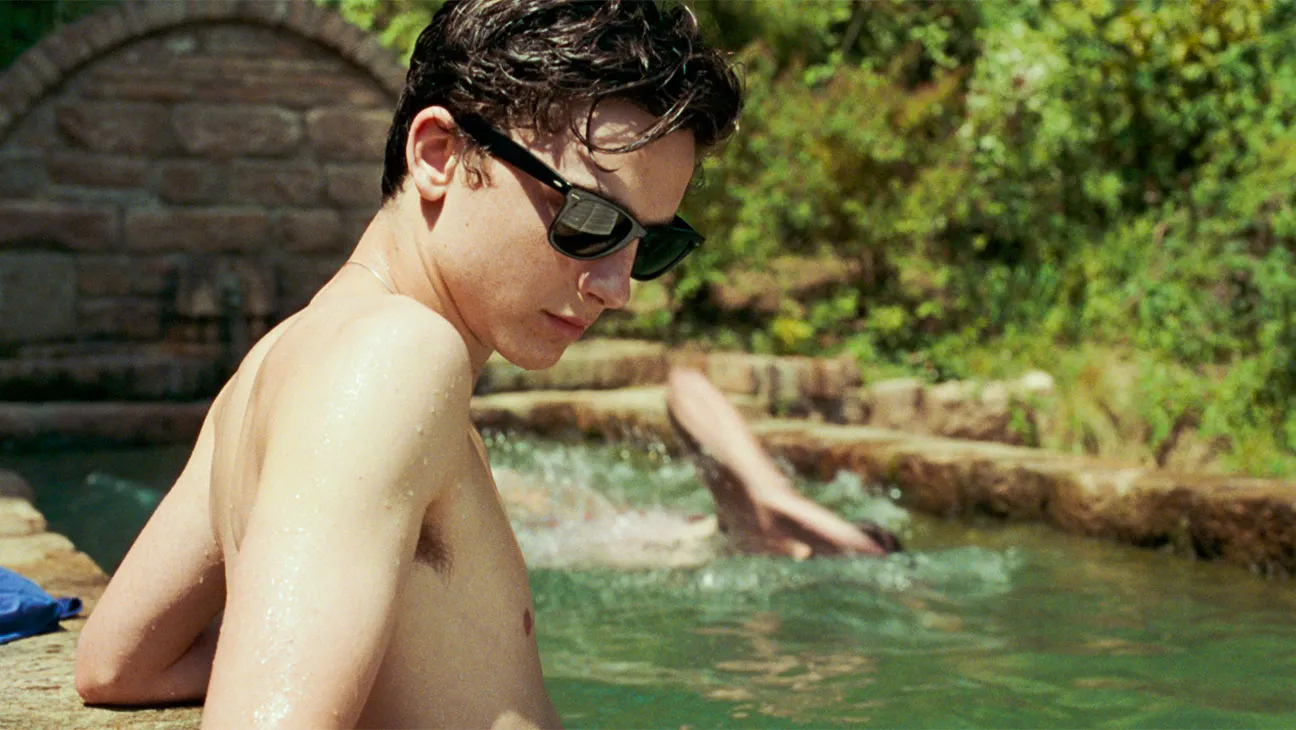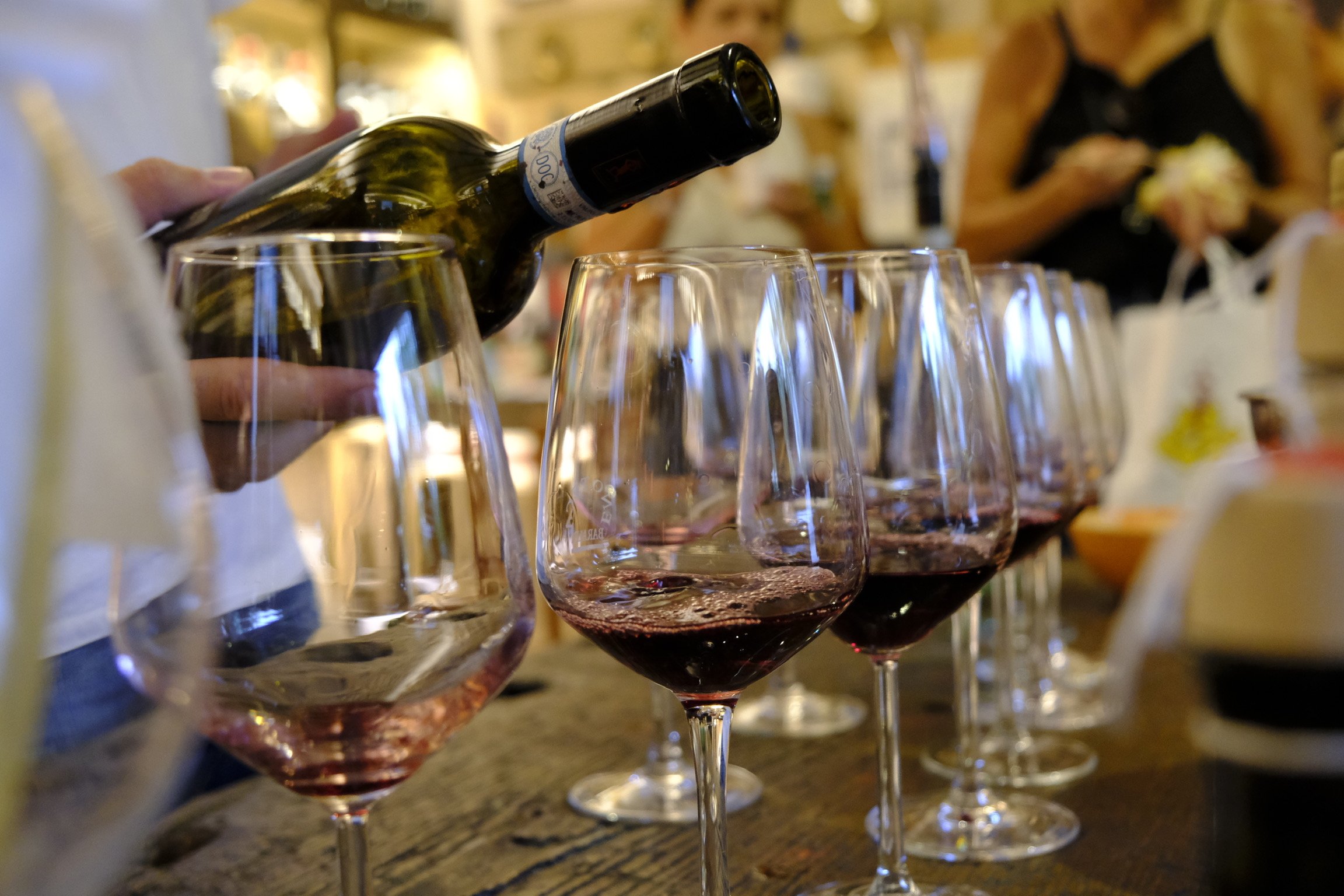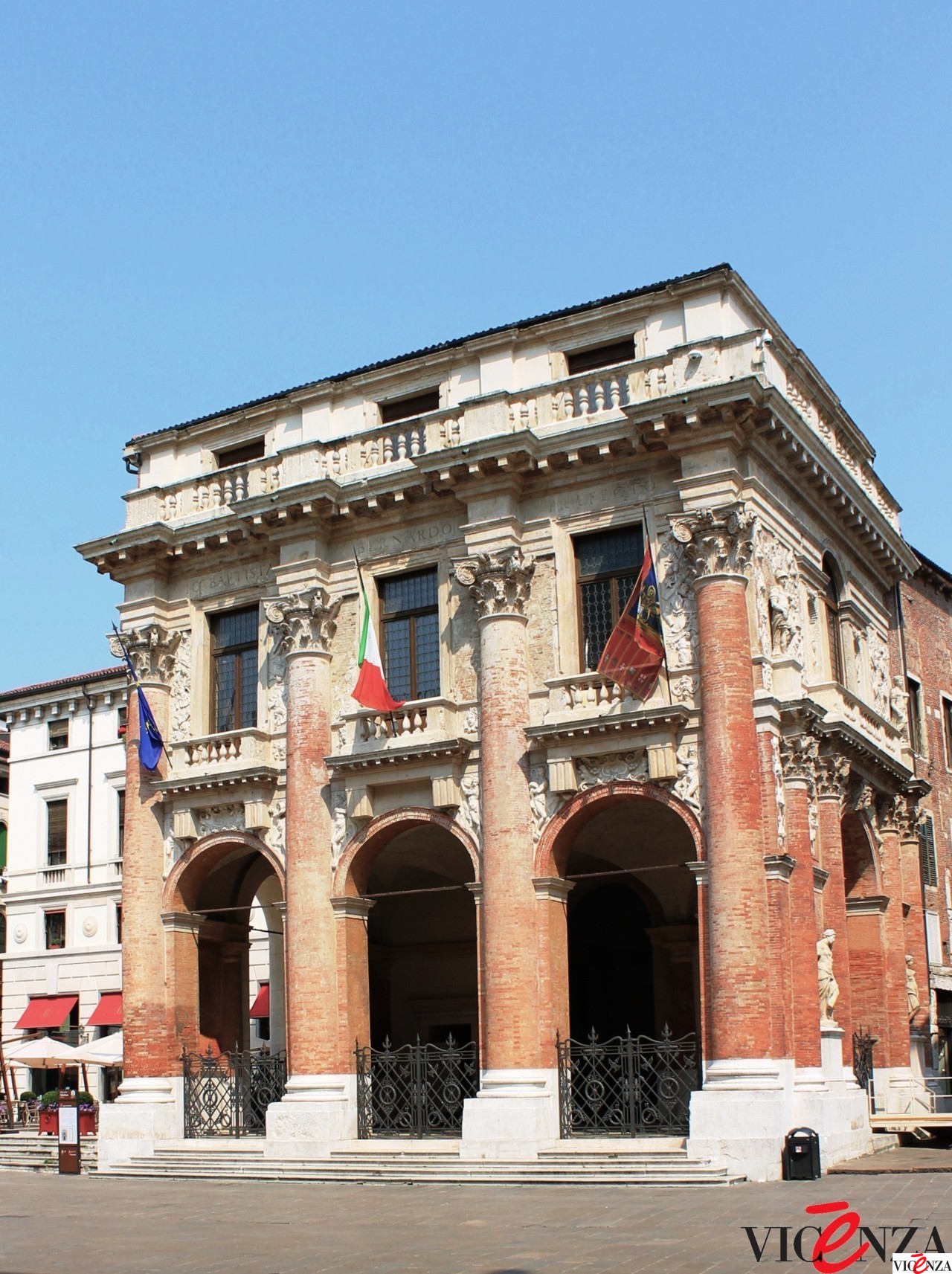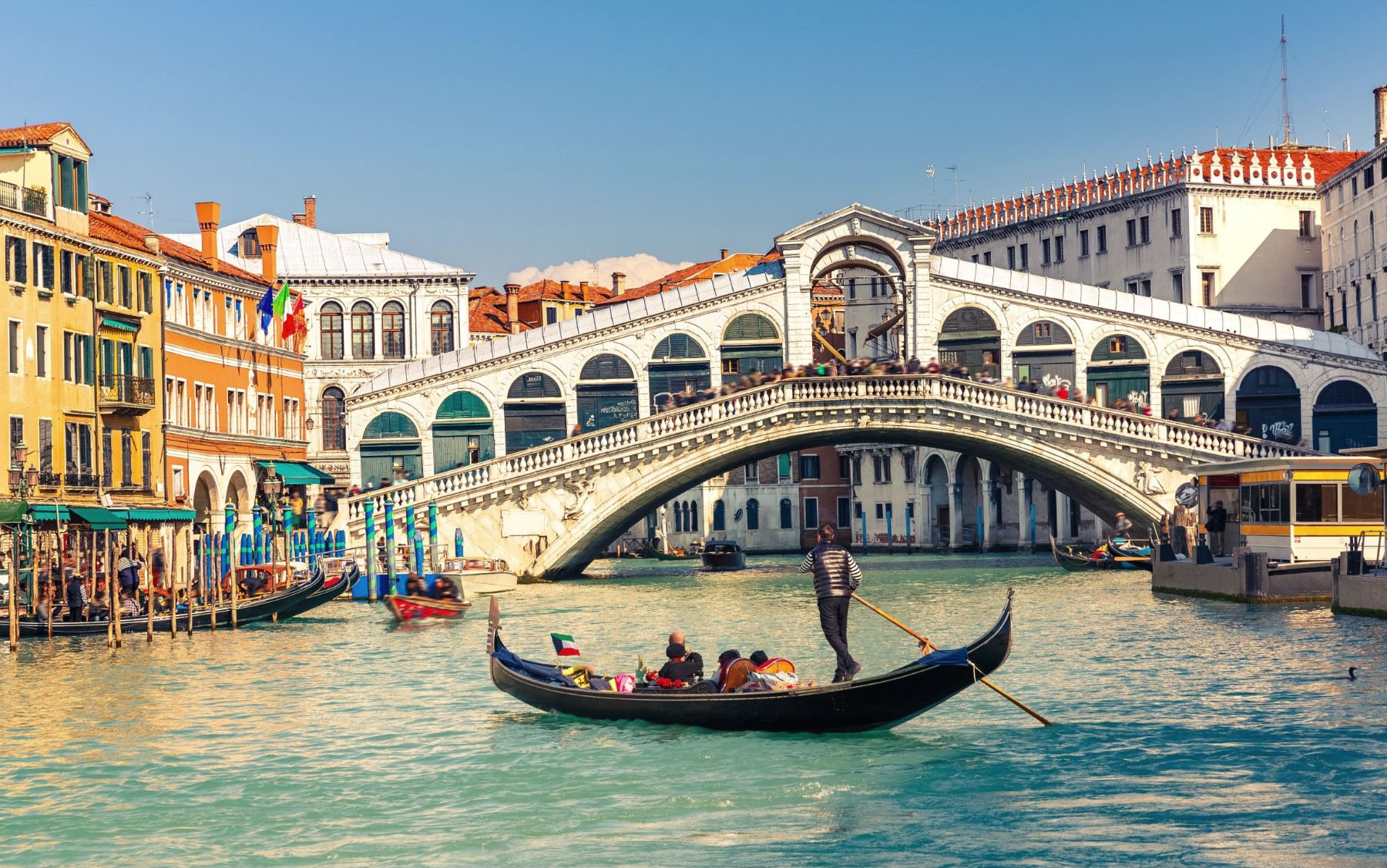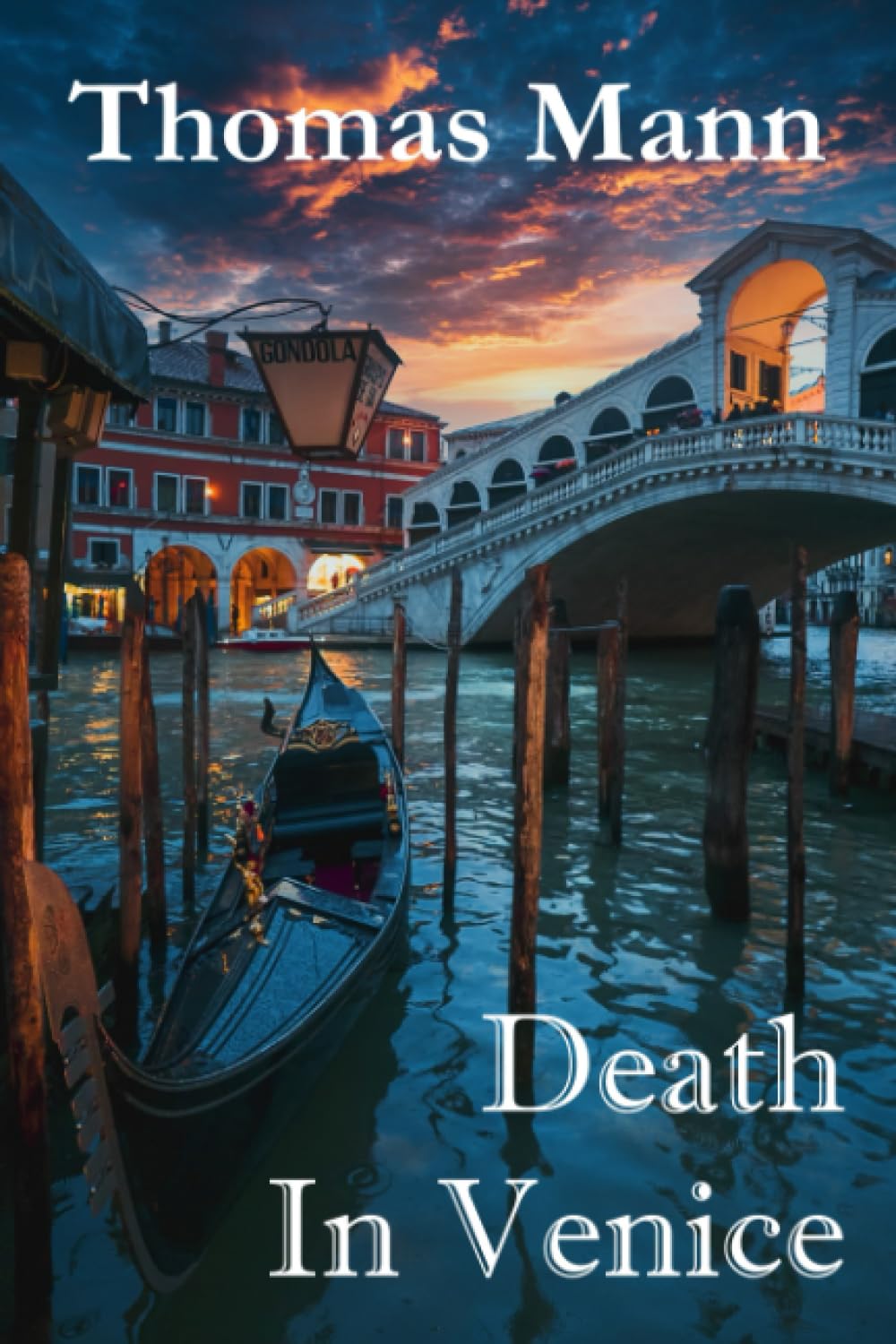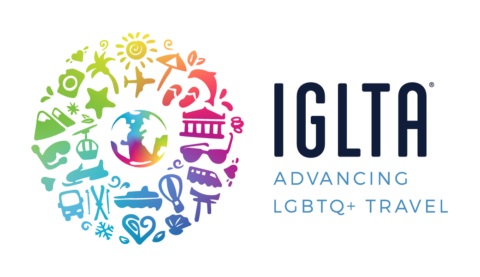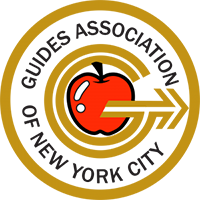Milan is Italy’s modern metropolis: the 2nd largest city, the financial center—and the center of the cool industries for which Italy is noted, fashion and design. But it also has a lot of history, including LGBT+ history! This afternoon, we visit Milan’s most famous landmark, the cathedral, Italy’s most important Gothic monument, with its amazing combination of solidity and lightness. Just wait till we get up on the roof, among the forest of spires! We then take a stroll out of Piazza del Duomo into “Milan’s living room,” the stunning Galleria, the queen of shopping malls—19th century shopping malls that is. The Galleria has been here since the first years of Italian national unity and still contains some of its oldest and most prestigious stores and cafés, such as Camparini, the house bar of the Campari company, which opened here in 1915—where we will stop for—what else?—Campari and soda. We then walk out into the so-called Quadrilatero della Moda (the fashion rectangle). Milan is the home of many of the world’s most famous fashion houses: Armani, Versace, Valentino, Prada, Missoni, Ermenegildo Zegna, and more (with plenty of gay history of their own!). And this is the center of their world, where among other things, Milan Fashion Week takes place. Finally, we take off for the city’s hippest neighborhood, the Navigli (pronounced Navílyi). The Navigli are a system of canals, built in the middle ages to connect landlocked Milan to Northern Italy’s major river system, and redesigned by Leonardo Da Vinci, the quintessential Renaissance man—artist, scientist, engineer—and the ultimate gay genius! In recent years, the neighborhood of artisans’ workshops along the canals has become a warren of chic restaurants, cafés, and art galleries. Our welcome dinner will be in a lovely café right on a canal, where we begin to get acquainted with Milan’s culinary specialties, such as (of course) risotto alla Milanese and cotoletta alla Milanese.
Hotel (5 nights): Hotel Sanpi Milano, a charming boutique hotel in a very central location. Check out the courtyard garden for an evening cocktail!
Day 2. Sat May 17
The Great Teatro Alla Scala
This morning we start on the other side of the Galleria, at one of Milan’s greatest treasures, the Teatro alla Scala, one of the world’s great opera houses. The Scala, which has been here for almost 250 years, has amazing acoustics and an amazing history. Today, I think most people associate it with Toscanini’s long career here and Maria Callas’ troubled relationship with the house (and of course with more recent greats like Claudio Abbado and Riccardo Muti) but the longer history is equally splendid: this is the theater where so many famous operas have premiered, such as Bellini’s Norma, Verdi’s Otello, and Puccini’s Madame Butterfly and Turandot! We visit the Scala museum this morning; our tour may even include a chance to look at the theater. After our tour of the Scala museum (and perhaps a coffee—we are in Italy, after all) we will take a tour around Milan’s arts and design district, the Brera neighborhood, around the Brera museum and its famous art school. You have a free afternoon, if you like, but we have scheduled a meeting with Milan’s leading LGBTQ+ organization Arcigay, for those who are interested.
This evening, we will try to get tickets (not always easy!) to go to La Scala for real (as it were), to see the currant production, an evening of three short Brecht/Weill pieces, Die Sieben Todessünden (The Seven Deadly Sins), Happy End, and Mahagonny-Songspiel (The Rise and Fall of the City of Mahagonny), directed by Riccardo Chailly. Let us know as soon as possible if you are interested!





